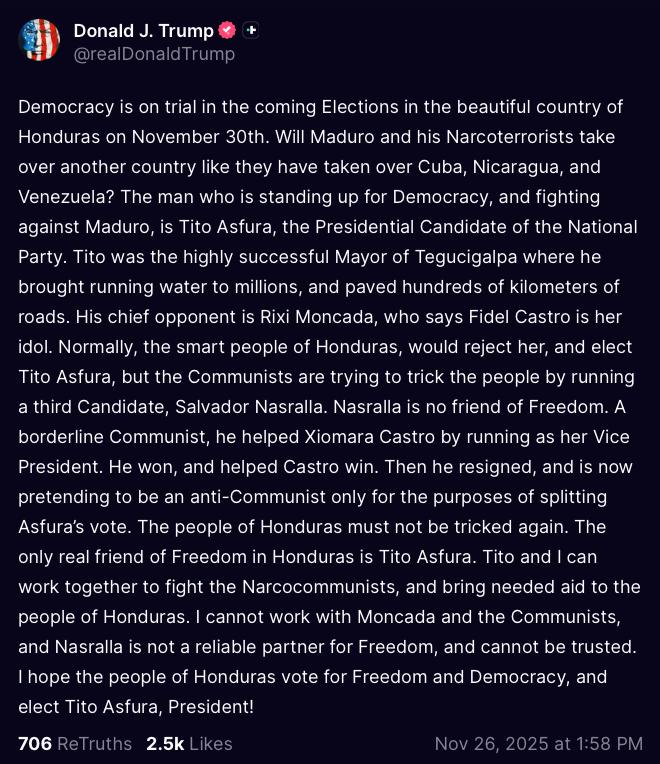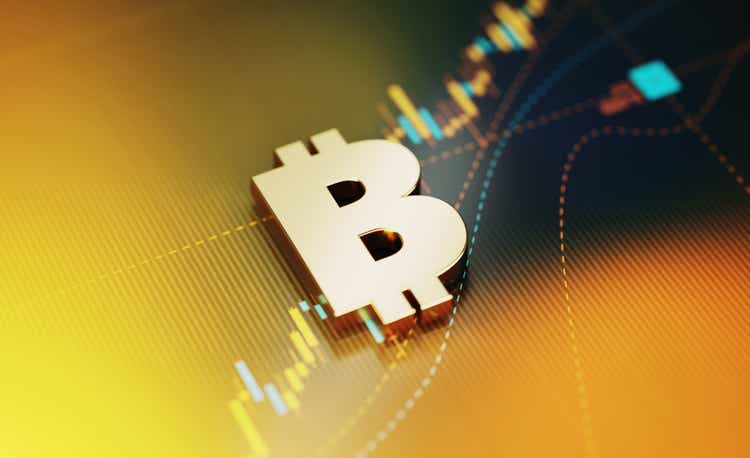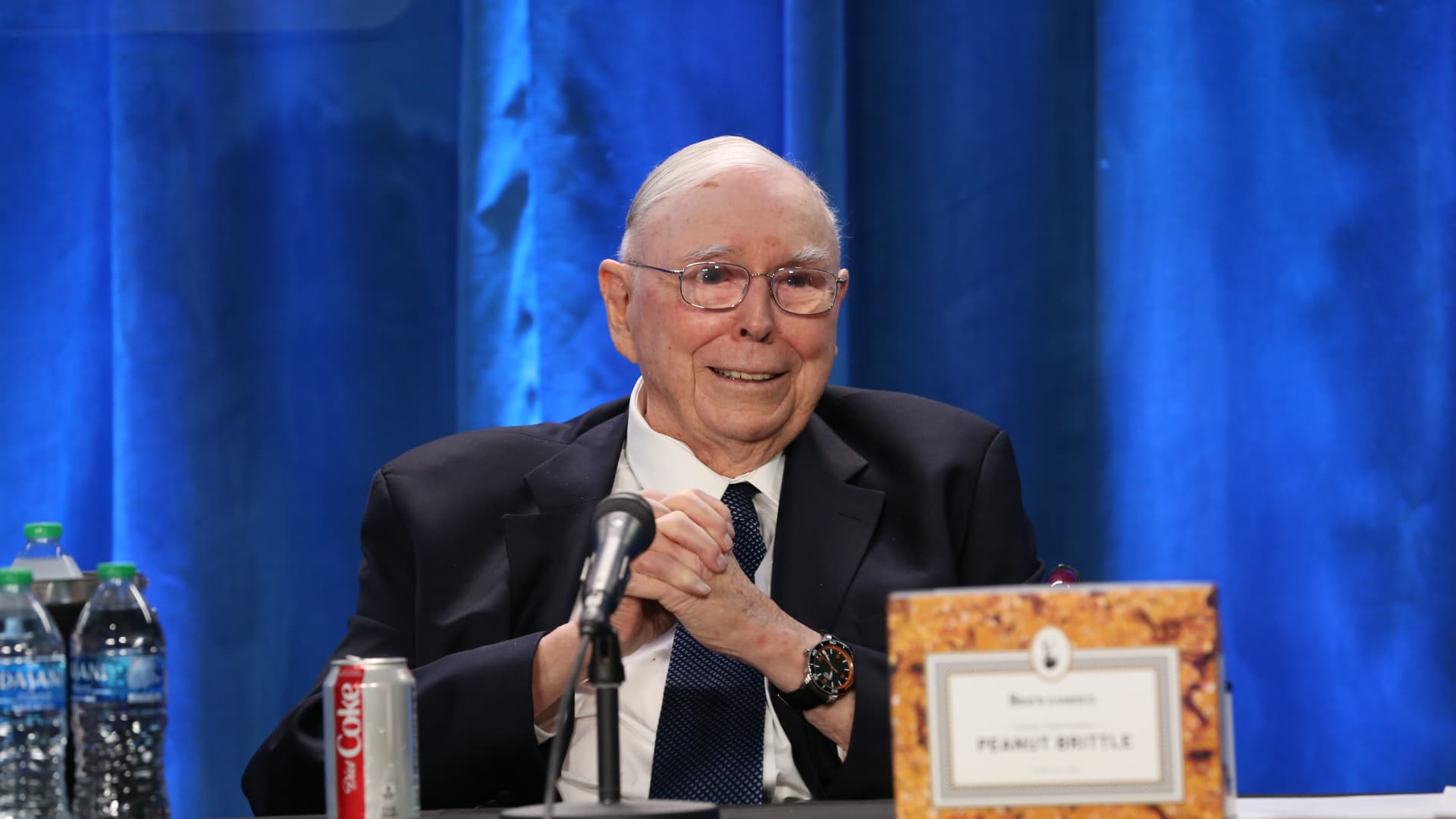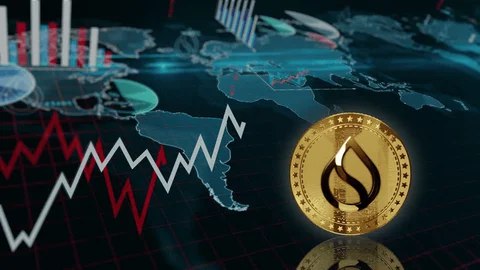Yves here. Wolf Richter makes an important point below, which yours truly has neglected in discussing the AI bubble: that there is leverage, not among securities-purchasers (aside from normal margin lending) but at the level of the companies funding the AI expenditures themselves.
Again, we don’t yet have evidence of leverage-on-leverage, which is what produced the catastrophic 2008 meltdown. That crisis is still not widely enough understood as a derivatives crisis and not a mortgage crisis. Credit default swaps created 4 to 6 times the real economy level of the riskiest tranches of subprime real estate debt. These exposures then would up significantly at systemically important, overleveraged financial institutions like AIG, Citibank, and quite a few Eurobanks.
But there is a distressing level of investment round-tripping, with lousy transparency. In the runup to the Great Crash, there were trust of trusts and trusts of trusts of trusts, with investors borrowing to invest in those vehicles. Again, what we have is not as crass as that, but to the extent that the circular investing has the effect of exaggerating the amount of actual hard dollars and where they sit, borrowings by any involved company could effectively be on overstated equity. This extract from a recent BBC story, along with Wolf’s account below, gives a sense of the opacity:
AI-related enterprises have accounted for 80% of the stunning gains in the American stock market this year – and Gartner estimates global spending on AI will likely reach a whopping $1.5tn (£1.1tn) before 2025 is out.
OpenAI, which brought AI into the consumer mainstream with ChatGPT in 2022, is at the centre of the tangled web of deals drawing scrutiny.For example – last month, it entered into a $100bn deal with chipmaker Nvidia, which is itself the most valuable publicly traded company in the world.
It expands an existing investment Nvidia already had in Mr Altman’s company – with expectations that OpenAI will build data centres powered with Nvidia’s advanced chips.
Then on Monday, OpenAI announced plans to purchase billions of dollars worth of equipment for developing AI from Nvidia rival AMD, in a deal that could make it one of AMD’s largest shareholders.
Remember this is a private company, albeit one recently valued at a half-trillion dollars.Then there’s tech giant Microsoft, which is heavily invested, and cloud computing behemoth Oracle has a $300bn deal with OpenAI, too.
OpenAI’s Stargate project in Abilene, Texas, funded with the help of Oracle and Japanese conglomerate SoftBank and announced at the White House during President Donald Trump’s first week in office, grows ever larger every few months.
And as for Nvidia, it has a stake in AI startup CoreWeave – which supplies OpenAI with some of its massive infrastructure needs.
And as these increasingly complex financing arrangements get more and more common, the experts here in Silicon Valley say they may be clouding perceptions on AI demand.Some people aren’t mincing their words about it either, calling the deals “circular financing” or even “vendor financing” – where a company invests in or lends to its own customers so they can continue making purchases.
However, the impact of AI-related loans defaulting or having to be restructured would produce an additional downdraft when the party ends. The US could be in store for a protracted period of low/no growth and zombification of lenders a la Japan post its real estate bubble/stock market bubble implosion.
By Wolf Richter, editor at Wolf Street. Originally published at Wolf Street
What is amusing is just how much talk there has been about the AI investment bubble, and what it will do or not do to the markets and the economy when it implodes or doesn’t implode: That it’s almost like at the peak of the Dotcom Bubble. That it’s much worse than at the peak of the Dotcom Bubble. That it’s nothing like the Dotcom Bubble because this time it’s different. That even if it’s like the Dotcom Bubble and then turns into the Dotcom Bust, or worse, it’s still worth it because AI will be around and change the world, just like the Internet is still around and changed the world, even if those first investors got wiped out, or whatever.
There are many voices that loudly point this out, and point out just how risky it is to bet on hocus-pocus money, or that explain in detail why this isn’t risky at all, why this is not anything like the Dotcom Bubble, why this time it’s different – the four most dangerous words in investing.
The talk fills the spectrum, and these are people with enough stature to be quoted in the media: Jamie Dimon, Jeff Bezos, the Bank of England, Goldman Sachs analysts, IMF Managing Director Kristalina Georgieva…
The focus is on the big-tech-big-startup circularity of hocus-pocus deals between Nvidia, OpenAI, AMD, along with Amazon, Microsoft, Alphabet, Meta, Tesla, Oracle, and many others, including SoftBank, of course.
OpenAI now has an official “valuation” — based on its secondary stock offering — of $500 billion though it’s bleeding increasingly huge amounts of cash. And there are lots of players in between and around them. They all toss around announcements of AI hocus-pocus deals between them.
OpenAI has announced deals totaling $1 trillion with a small number of tech companies, at the top of which are Nvidia ($500 billion), Oracle ($300 billion), and AMD ($270 billion). Each of these announcements causes the stocks of these companies to spike massively – the direct and immediate effects of hocus-pocus money.
OpenAI obviously doesn’t have $1 trillion; it’s burning prodigious amounts of cash. And so it’s trying to rake in investment commitments from the same companies that it would buy equipment from, and engineer creative deals that cause these stock prices to spike, and so the hocus-pocus money announcements keep circulating.
OpenAI’s idea of building data centers with Nvidia GPUs that would require 10 gigawatts (GW) of power is just mindboggling. The biggest nuclear powerplant in the US, the Plant Vogtle in Georgia, with four reactors, including two that came on line in 2023 and 2024, has a generating capacity of about 4.5 GW. All nuclear powerplants in the US combined have a generating capacity of 97 GW.
But It’s Real Money Too. A Lot of Real Money.
Big Tech is letting its huge piles of cash spill out into the economy to build this vast empire of technology that requires data centers that would consume huge amounts of electricity to let AI do its thing.
And these “hyperscalers, are leveraging that money flow with borrowing, by issuing large amounts of bonds.
And private credit has jumped into the mania to provide further leverage, lending large amounts to data-center startup “neocloud” companies that plan to build data centers and rent out the computing power; those loans are backed with collateral, namely the AI GPUs. No one knows what a three-year-old used GPU, superseded by new GPUs, will be worth three years from now, when the lenders might want to collect on their defaulted loan, but that’s the collateral.
The data centers are getting built. The costs of the equipment in them – revenues for companies that provide this equipment and related services – dwarf the costs of the building. And stocks of companies that supply this equipment and the services have been surging.
The bottleneck is power, and funds are flowing into that, but it takes a long time to build powerplants and transmission infrastructure.
Is It Really Different This Time?
So there is this large-scale industrial aspect of the AI investment bubble. That was also the case in the Dotcom Bubble. The telecom infrastructure needed to be built out at great cost. Fiberoptics made the internet what it is today. Those fibers needed to be drawn and turned into cables, and the cables needed to be laid across the world, and the servers, routers, and other equipment needed to be installed, and services were invented and provided, and businesses and households needed to be connected, and it was all real, and it was all very costly, requiring huge investments, but progress was slow and revenues lagging, and then these overhyped stocks just imploded under that weight, along with the stocks that were the pioneers of ecommerce, internet advertising, streaming, and whatnot.
The Nasdaq, where much of it was concentrated, plunged by 78% over a period of two-and-a-half years, investors lost huge amounts of money, many got wiped out, thousands of companies and their stocks vanished or were bought for scrap when that investment bubble crashed. And a year into the crash, it triggered a recession in the US – and a mini-depression in Silicon Valley and San Francisco where much of this had played out.
Yet the internet thrived. Amazon barely survived and then thrived in that new environment. But Amazon was one of the exceptions.
In this mania of hype, hocus-pocus deals, and huge amounts of real money fortified by leverage – all of which caused stock prices to explode – markets become edgy. Everyone is talking about it, everyone sees it, they’re all edgy, regardless of their narrative – whether a big selloff is inevitable with deep consequences on the US economy, or whether this time it’s different and the mania can go on and isn’t even halfway done.
Whatever the narrative, it says risk in all-caps. Anything can prod these stock prices at their precarious levels to suddenly U-turn, and if the selloff goes on long enough, the investment bubble would come to a halt, and the hocus-pocus deals would be just that, and the whole construct would come apart. But AI would still be around doing its thing, just like the Internet.























